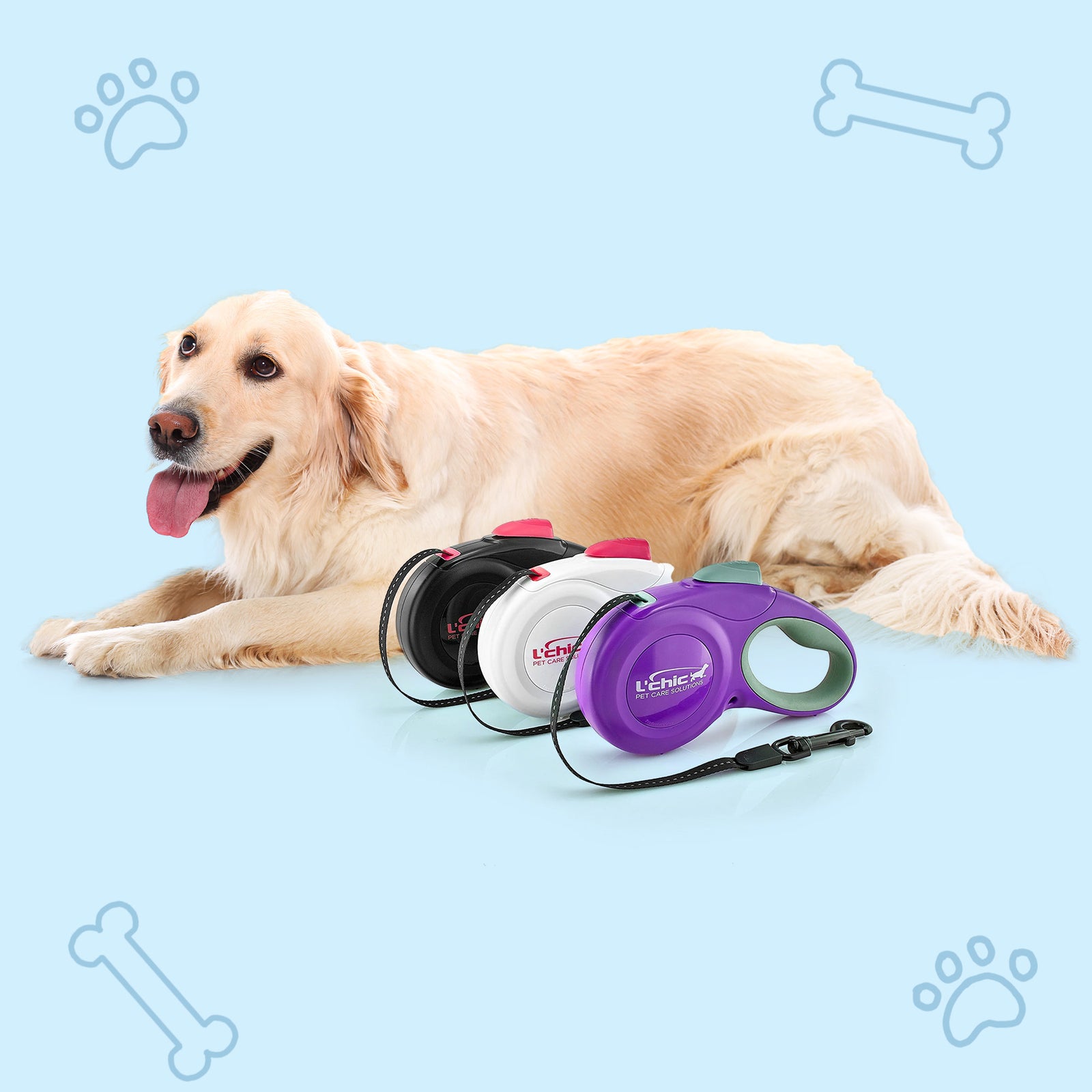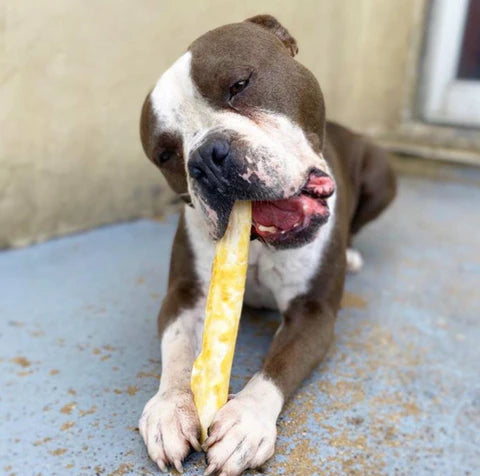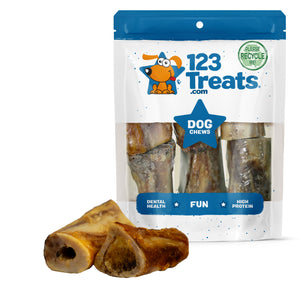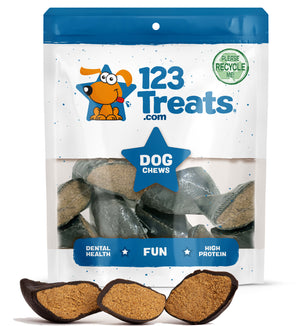Menu
-
- Shop All
-
Chews & Treats
-
Pet Toys & Supplies
- Pet Toys
-
Paws Up for Playtime! Discover Toys That Keep Tails Wagging.
-

Shop all Toys
- Pet Supplies
-
Caring for Your Pet, Simplified – Quality Supplies for Every Pet Parent!
-

Shop all Pet Supplies
- Sale
- Wholesale
- Become an Affiliate
- Contact Us
-
- Login

0
Your Cart is Empty






